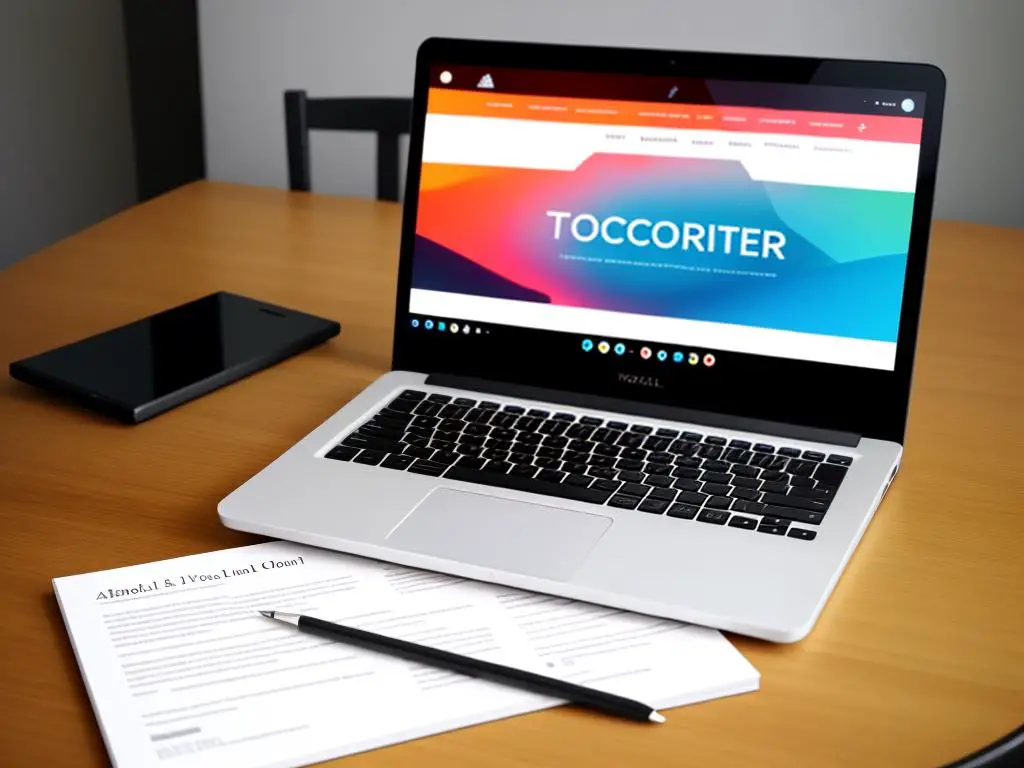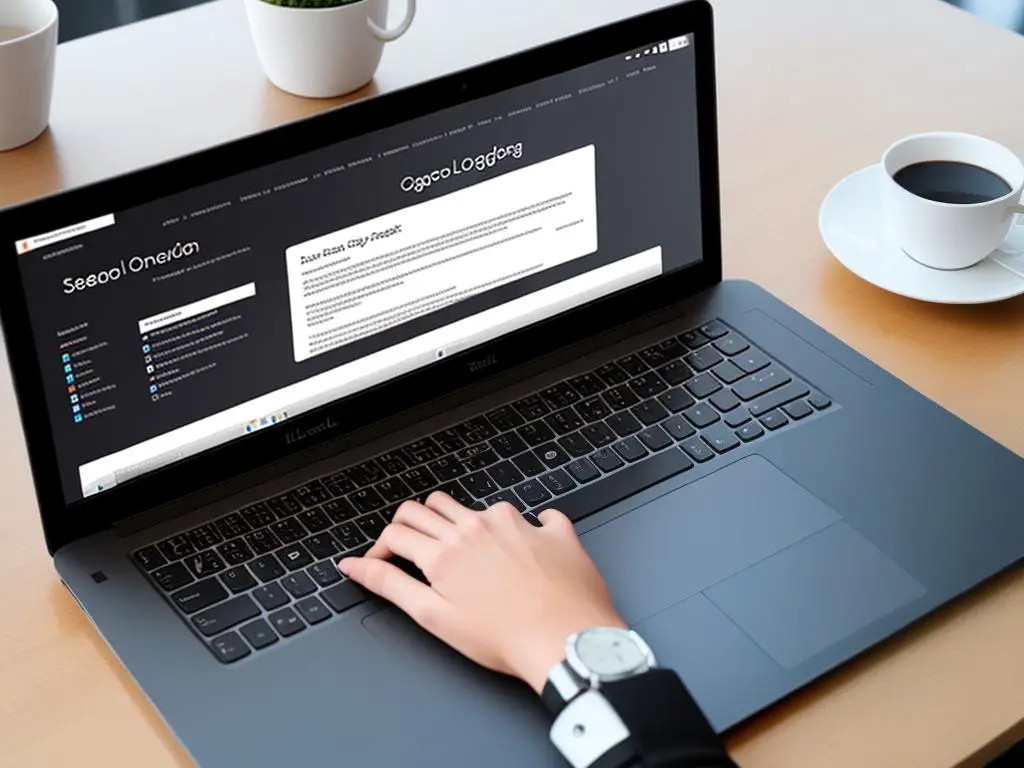As we delve deeper into the vast world of Search Engine Optimization (SEO), the significance of internal linking often emerges as a crucial aspect that cannot be overlooked. This technique not only aids in enhancing the user experience but also plays a pivotal role in boosting a website’s SEO efforts. To harness the vast potential of internal linking, understanding its mechanics and best practices are key. This article aims to illuminate these somewhat complex topics, providing you with the tools and knowledge to effectively integrate internal linking into your SEO strategy, thereby taking your website to greater heights.
Understanding Internal Linking
Understanding Internal Linking
The concept of internal linking is a fundamental element in the practice of Search Engine Optimization (SEO). Internal linking refers to the process of structuring hyperlinks on a website that connect one page to another within the same site. The hyperlink could be placed in the navigation menu, body content, images, or even the footer of the website.
Anchor Text, Link Juice and Link Value
Three concepts in internal linking that every website owner or developer should know are anchor text, link juice, and link value.
Anchor text refers to the clickable text in a hyperlink that leads users from one page to another on the same website. Ideally, the anchor text should be relevant to the content of the page it’s linking to. SEO best practices suggest using descriptive keywords in the anchor text, which informs search engines about the connected page’s content.
Link Juice, usually referred to in the context of ‘passing’ or ‘flowing’, is an SEO term characterizing the distribution of backlink value from one webpage to another within a site. Essentially, when one page links to another in the same site, it strengthens the authority of the linked page. The idea here is that websites with more link juice typically rank better in search engines.
Link Value, on the other hand, is associated with the equity or value passed from one webpage to the next via a hyperlink. The link value depends on several factors including the source page’s credibility, the relevance of the linked page’s content, the anchor text used, and the number of other links on the source page.
Significance of Internal Linking in SEO Strategies
Internal linking is a powerful tool that can significantly improve a website’s SEO. By effectively linking related content across a site, website owners can guide search engines and users to the most valued and relevant pages.
Moreover, internal linking plays a vital role in indexing. When a website is well-connected internally, it equips search engine bots with a better understanding of the site’s structure, leading to quicker and more efficient indexing.
Internal linking can also reduce bounce rates. By directing site users to pertinent content through internal links, visitors are likely to stay longer on your site, consuming more content, which signals to search engines that the website is providing valuable information.
Finally, internal linking spreads link juice throughout the website, balancing the website’s power structure and improving every page’s potential to rank better in search results. By placing strategic internal links, website owners can control which pages absorb the most link juice, to enhance their visibility and ranking potential in search engines.
In Conclusion
The crucial role of gaining insights and mastering the art of successful internal linking cannot be emphasized enough when it comes to effective SEO strategies. As a site owner, this plays a pivotal role in enhancing your website’s utility and its visibility on search engine results pages.

Improving Website Usability Through Internal Linking
Delving Deeper into the World of Internal Linking and its Impact on SEO
Internal linking represents an essential SEO tactic that creates a web of links between diverse pages of the same website. This methodology bolsters website usability and intensifies the overall user experience. Such a strategy has a direct bearing on the duration for which a visitor lingers on your website. Seamlessly structured internal linking allows users to smoothly navigate through an array of webpages, thus leading to a spike in their on-site duration.
Structuring Website Hierarchy Through Internal Linking
To fully make use of internal linking in your SEO strategy, the design of your website’s hierarchy is crucial. The hierarchy needs to be logical, intuitive, and easy to navigate. A typical website hierarchy starts from a homepage, followed by category pages and then individual pages or articles.
For instance, an online shopping website might have a hierarchy where the homepage links to category pages like “Men’s Clothing,” “Women’s Clothing,” or “Accessories.” Each of these categories then would link to sub-category pages such as “Shirts,” “Pants,” and “Shoes.” Each of these sub-categories would then feature links to individual product pages.
This type of hierarchy allows users to easily travel within your website and discover more content, and importantly, it allows search engine bots to crawl through your website more effectively, which positively impacts your site’s SEO ranking.
The SEO Advantages of Effective Internal Linking
A solid internal linking strategy plays a significant role in boosting your website’s SEO. One of its advantages is that it improves website crawlability, which is critical to SEO success. Search engine bots or spiders crawl through websites to understand their structure and content. A well-structured internal linking system makes it easy for these bots to crawl through the entire site, improving its visibility and ranking on search engine results pages (SERPs).
Moreover, internal linking also helps in distributing page authority and passing SEO value across pages. A page with higher traffic and good ranking can pass its SEO value to other linked pages in the website. This process, also known as link juice, can substantially boost these linked pages’ SEO performance.
Lastly, internal linking can also enhance user engagement metrics. When users find it easy to navigate through different pages, they tend to spend more time on the website and decrease the bounce rate. Such engagement metrics are often used by search engines as signals for ranking websites.
Conclusion: The Importance of Internal Linking in SEO
Among the key strategies for SEO success, internal linking holds a significant place because of its dual benefits; enhancing the user experience and boosting SEO performance. Acting as the guiding paths for both users and search engine bots, internal links not only increase your website’s visibility but also play a key role in making your site easy to navigate. The SEO value is also strung-up, courtesy of a robust internal linking strategy. Furthermore, such a strategy offers a reliable method to track user engagement. Thus, when properly incorporated in your SEO blueprint, it can guide you towards more website traffic, high-ranking positions on SERPs and a stronger online presence.

Boosting SEO With Internal Linking
Digging Deeper into Internal Linking and SEO
A critical piece of the SEO puzzle is internal linking. These are the hyperlinks that are crafted to connect pages within the same domain. Unlike external links which act as bridges to different domains, internal links form the structure of your website. They hold immense importance in your overall SEO progress as they help to circulate link equity- the worth transferred from one page to another via hyperlinks- across your website. This not only enhances user navigation but also appeases the behavior of search engine crawlers who follow these links to index content. Therefore, efficient use of internal links is indispensable in maintaining your website’s overall SEO health.
Boost Search Engine Rankings With Strategic Internal Linking
Strategic internal linking plays a vital role in boosting your search engine rankings. By linking high authority web pages to a page with less authority, you can transfer some of its high SEO value, thereby making the less powerful page more potent in search engines.
For example, a blog post on your site could link back to the services page to increase its authority. Over time, the page that was once less influential becomes powerful due to the accumulated authority transferred from the other internally linked pages.
Using Relevant Anchor Texts
The right anchor text—the clickable words that make up a hyperlink—can work wonders for your SEO. Search engines like Google use these anchor texts to understand the linked page’s context. Therefore, using relevant, descriptive anchor text, instead of generic phrases like “click here” or “read more”, can help Google understand the content and relevancy of the pages you are linking, which can improve your SEO.
Linking to Important Pages
Not all pages on your website are of equal importance from an SEO standpoint. When implementing an internal linking strategy, focus on linking to the most important pages. These could be the pages that convert best, have the most comprehensive information (like a cornerstone content page), or the pages that you just want to drive more traffic to. The more internal links a page gets, the greater the signal to Google that it’s a significant page worth ranking.
Balancing Links Effectively Across the Site
A well-planned internal linking strategy means distributing internal links effectively across your site so that link equity is spread out to enhance all pages’ potential. When done correctly, internal linking results in an organized website structure, where each page is connected, and there’s a balance in the distribution of links. Despite this, it’s worth remembering that a balanced link structure doesn’t necessarily mean every page should have the same number of links. Some pages will naturally be more important than others.
Unveiling the Importance of Internal Linking in SEO Strategies
With a correct implementation, internal linking morphs into a dominant SEO tool for your website. It doesn’t just simplify the process for search engines to index your site and comprehend the connections and significance of various pages, but it also enhances the user experience by suggesting related content. By appreciating the crucial role of internal linking in SEO strategies, you can ultimately boost your website’s visibility in search engine results, driving more organic traffic to your site.

Best practices for Internal Linking
Deciphering Internal Linking: Sculpting a SEO Optimized Website Structure
In simplest terms, internal linking is a technique where one page of a website is connected to another page within that same website. These internal links serve as pathways, steering both your site visitors and search engine bots from one webpage to another. They hold a crucial part in creating an informative hierarchy on your site and distributing link equity among your pages.
Importance of Internal Linking in SEO Strategy
A well-implemented internal linking strategy holds significant benefits for SEO.
- Improved User Experience: Internal links guide visitors through your website, assisting them in navigating to relevant information and products. This enhances user experience, which indirectly contributes to better search engine ranking.
- Increased Page Indexing: Internal links can help search engine bots find new content on your site. When a page on your site is well-anchored with internal links, it aids bots to crawl and index the page more effectively, speeding up the indexing process which can increase your site visibility on search engine result pages (SERPs).
- Optimized Page Authority: The distribution of page authority, also known as “link equity”, is influenced by internal linking. Pages with many internal links pointing to them may enjoy a boost in page authority and potentially improve their search rankings.
Best Practices for Implementing an Effective Internal Linking Strategy
To maximize the benefits of internal linking, consider the following best practices:
- Relevance: Link between pages that offer related content.
- Anchor Text: Use descriptive keywords in your link anchor text to help search engines understand the linked page content. However, avoid over-optimization since it can lead to penalties.
- Navigation: Make use of menus and drop-downs to aid navigation. This not only helps users but also allows search engine bots to more thoroughly index your site.
- Deep Linking: Link to deep pages, i.e., pages that are not your homepage or a major category page. It helps spread the link equity more efficiently and boost the ranking of the deep pages.
Mastering Internal Linking: The Do’s and Don’ts
For a fruitful internal linking strategy, it’s vital to ascertain what steps should be taken and which ones should be averted.
DO:
- Integrate internal links seamlessly. They should blend into the content naturally and provide substantial value to the reader.
- Periodically review and refresh your internal links. A dynamic, well-maintained site ensures a positive user engagement.
DON’T:
- Overstuff your content with internal links. It may perplex and overload your audience and could lead to SEO sanctions.
- Instigate links to pages that are unrelated to the context of the source page. Incoherent links can be deceptive and could damage user engagement and SEO performance.
An insightful and well-implemented internal linking strategy can usher in a plethora of benefits for an SEO-oriented website such as improved user engagement, escalated page indexing, and better page authority. Bear in mind, though, balance is essential — as with most SEO tactics, overindulgence can lead to punishments rather than benefits.

Tools for Effective Internal Linking
The Importance of Internal Linking in SEO Strategies
Effective internal linking forms one of the crucial arteries for enhancing a website’s search engine optimization (SEO). Simply put, internal linking involves linking one page on a website to another page on the same website. It wields significant influence in elevating a website’s presence on search engines like Google.
This is because internal linking guides search engine bots to comprehend the relationship among different pages and posts, thus enabling efficient crawling and indexing of the website’s pages, boosting site visibility, and easing navigation for users.
Notably, internal linking also provides strategic allocation of ‘link juice’ or ranking power among the various pages of a singular site. As users traverse from one page to another through internal links, it increases the likelihood of them spending more time on-site, reducing the bounce rate while enhancing the prospects for conversion.
Best Tools for Managing Internal Links
- Yoast SEO: This WordPress plugin not only optimizes your website for SEO, but it also provides insights on your internal linking structure. Using its text link counter feature, you can easily see how many internal links a post has and how many times it has been linked to.
- SEMrush Site Audit: This tool helps uncover issues with your internal linking strategy. It provides a detailed analysis of all the internal and external links on your site and identifies issues like broken links or pages with too few internal links.
- Screaming Frog SEO Spider: This software allows you to crawl website’s URLs and fetch key onsite elements to analyze onsite SEO. It provides a list of all your internal links, which ones are broken, the status codes, and much more.
- Ahrefs: Known for its backlink analysis, Ahrefs also has a comprehensive internal linking feature. It allows you to see which pages on your site have the fewest internal links and which ones have the most, helping you identify opportunities for improvement.
- Link Whisper: This WordPress plugin uses artificial intelligence to suggest relevant, contextual internal links for your content. It can dramatically speed up your internal linking process and optimize your SEO performance.
In conclusion, internal linking is a fundamental aspect of an effective SEO strategy. Utilizing tools like Yoast SEO, SEMrush, Screaming Frog SEO Spider, Ahrefs, and Link Whisper can significantly simplify the internal linking process, aiding in improving website visibility, user navigation, and conversion rates. Applying a well-thought-out internal linking strategy will ensure a seamless user experience, ultimately driving more traffic to your website and enhancing your SEO performance.

Effectively employing internal linking strategies calls for a deep understanding of their essence, continual learning of best practices, application of appropriate tools, and optimization consistent with the dynamic nature of SEO. This knowledge and the continual refinement of these skills can considerably enhance web usability and cause a substantial boost in your site rankings. Despite the complexity that may seem inherent, with the right information, these tasks can be managed efficiently, ultimately leading your website to thrive in an ever-evolving digital landscape.

